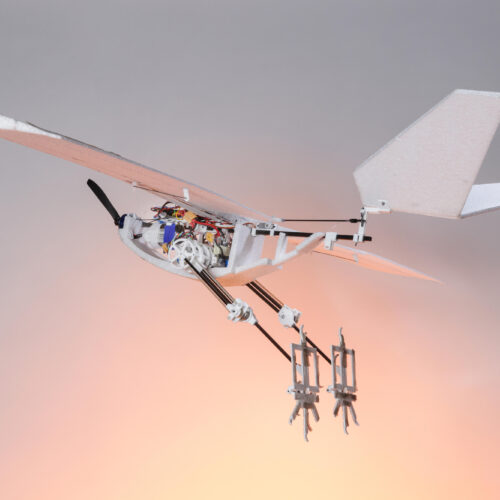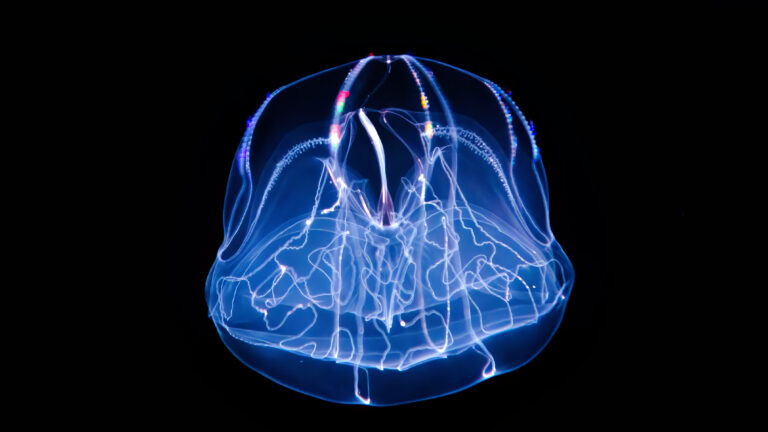Green sea turtle gets relief from “bubble butt” syndrome thanks to 3D printing
Charlotte, a green sea turtle, was hit by a boat back in 2008. This left it with an affliction colloquially referred to as the “bubble butt,” a kind of floating syndrome that makes it impossible for a turtle to dive. Most sea turtles suffering from issues like this simply die at sea, since the condition leaves them stranded at the surface where they can’t forage, sleep, and avoid predators like sharks. But fate had other plans for Charlotte.
Charlotte didn’t end up as a shark’s lunch and didn’t starve to death floating helplessly in the ocean. Instead, it got rescued shortly after the boat accident and eventually found a home at Mystic Aquarium in Stonington, Connecticut, where it received professional care. That was the first time Charlotte got lucky. The second time came when a collaboration formed: Adia, a company specializing in 3D-printing solutions; Formlabs, one of the world’s leading manufacturers of 3D printers; and New Balance Athletic, a sportswear giant based in Boston. This team chose Charlotte as a technology showcase, which basically turned the turtle into an Oscar Pistorius of the sea—just without the criminal conviction.
Weights and diet
Sea turtles are marine reptiles, which means they don’t have gills like fish—they need air to breathe. The lungs also play a key role in their buoyancy regulation system, which allows them to rest for extended periods of time at the sea floor or float at a precisely chosen depth. A sea turtle can precisely choose the depth at which it achieves neutral buoyancy by inhaling the exactly right volume of air.


© Laura Shubel





























